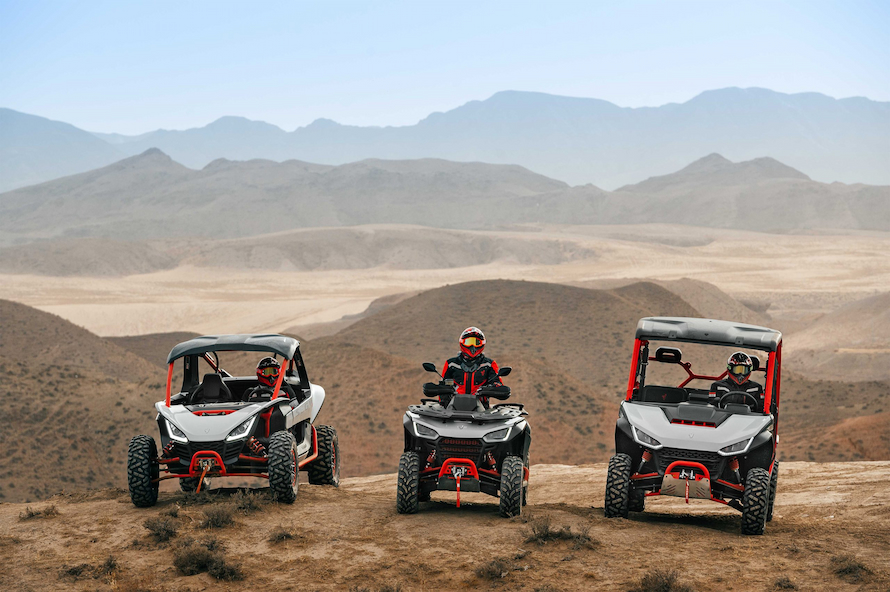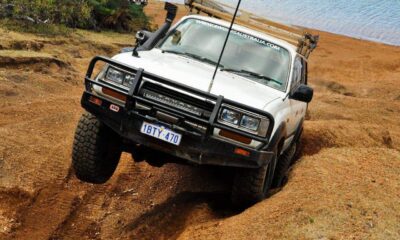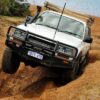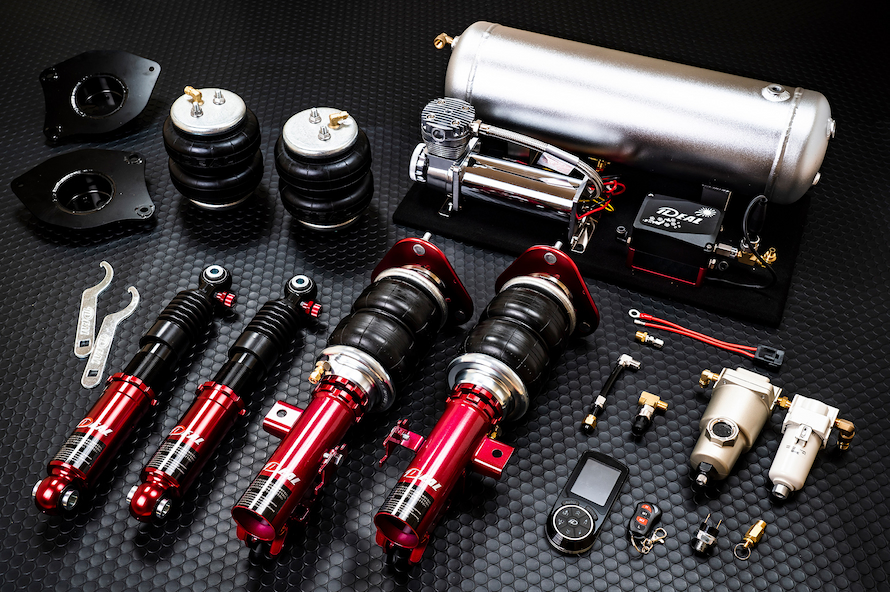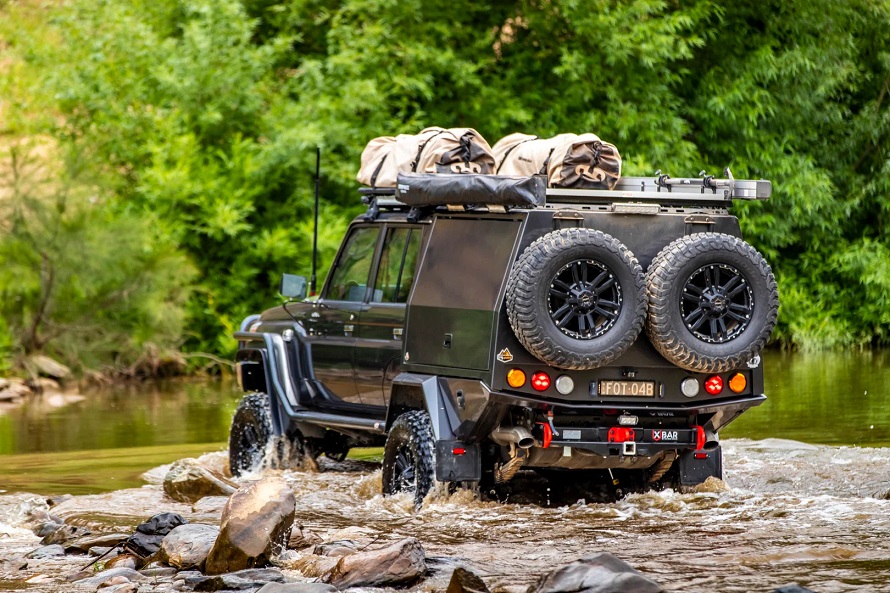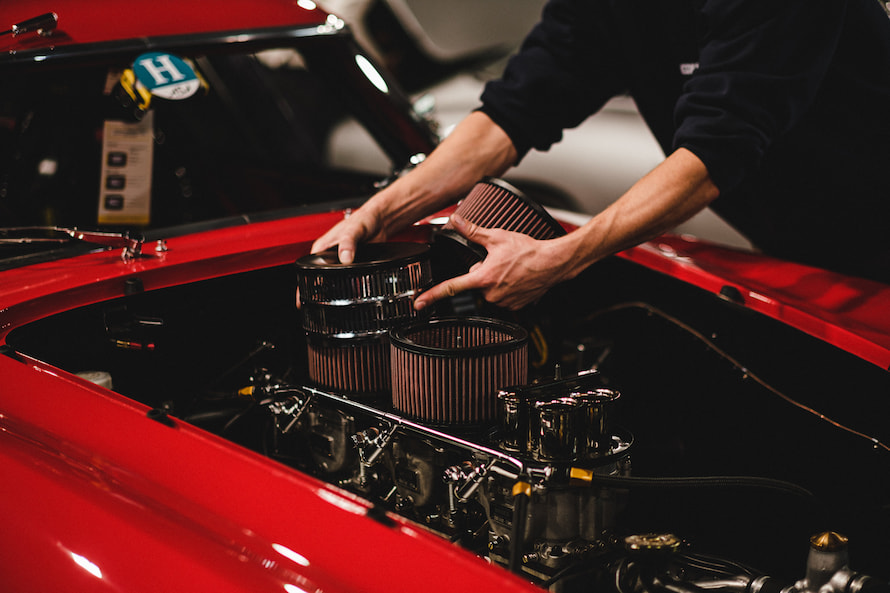Automotive
Common Quad Bike Mods to Up Your Riding Game
Whether you get your thrills on two or four wheels, there are hundreds of additions for quads and regular bikes to up your riding game. Simple additions like bike graphics offer a level of customisation unlike anything else, whereas quads of all sizes and types benefit from more protection, uprated drivetrain components, and tyres to suit different terrains. These are some of the most common quad bike mods available from dedicated ATV parts stores.
With ATVs and UTVs now cutting a bigger slice of off-roading sales, these vehicles have a larger aftermarket following and parts to match. Riders can shop from dealerships or choose a wider array of specialist parts brands from an ATV parts online store catering to different makes and models. Going aftermarket offers more options: higher quality, better performance, improved durability and longer warranties. And to get the best bang for your buck, going online simplifies purchases, with faster payment and products delivered to your door. Online stores also have a few trump cards up their sleeves, with a wider selection of brands and price brackets to suit different budgets and riding needs.
If you’re shopping for your first upgrades from stock, here’s a short list of what to get first:
Bumpers/Brush Guards/Bull Bar Kits
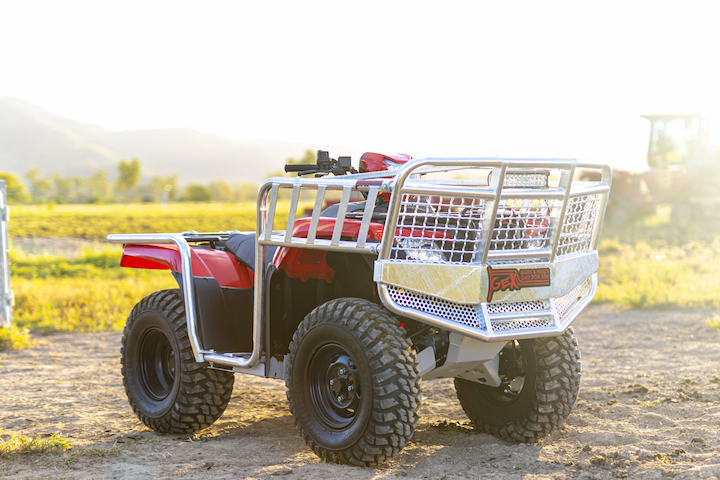
source: offroadatv.com
Whatever name you use, bumpers are some of the most useful protective additions for any quad. They have enough strength to guard the radiator, engine, controls, lights and switchgear from flying rubble, rocks, stumps, mud and any nasties you’ll encounter. And you can fit them both front and back, and pair them with other protective necessities like skid plates for all-round protection. Bigger bumpers and bull bars additionally extend to the sides (as this too is a common impact point) and shield parts like the steering, suspension and drivetrain components.
Different designs also have an aesthetic purpose. Your quad looks trail-ready and miles ahead of the stock bike you got off the showroom floor. The bigger, meaner appearance also draws more attention. And it can have a positive effect on how you ride, building more confidence on technical rides.
There are two basic options in terms of bumper types. Tube bumpers are more common, made of high-grade and coated steel, and cover critical areas like the headlights and radiators with more material. The stainless steel can be optioned in tubing of varying diameters (between 4 and 5cm in most cases) and is coated to prevent rust buildup or flaking from exposure to the sun.
Sheet metal bumpers are the other option. They’re exceptionally strong, resistant to bending or deformation in high-speed impact, and the subtle, contoured shapes meld easily into the overall look of the machine. They additionally include pre-cut holes for mounting off-roading necessities, like winches and lights when you’re tackling tougher terrain.
CV Boots, Axles and Drive Belts
Drivetrain parts like axles, CV boots and drive belts are the first to go on harder rides when twisting the throttle to the max. Axles are tasked to turn the wheels, with power transferred from dual clutch systems connected by a drive belt. The higher torque and power numbers in bigger and more powerful ATVs and UTVs, some going well beyond 100hp, are particularly tasking, creating immense amounts of friction, heat and fatigue in spinning metal components. Axles are known to bend, twist, snap or seize, and this can damage the entire drivetrain, including the gearing.
Covering the joints are constant velocity (CV) boots. In stock variants, they’re made of thermoplastics. The material isn’t geared for higher heat levels, and the thinner layers puncture easily. Loss of lubricant inside the joints is one of the main reasons for axle failure, leading to popping and clicking sounds, wear to the internal bearings, compromised steering and power loss.
Eventually, you’ll need a new axle. Go with pre-assembled units designed for your ride. Aftermarket options feature higher-grade stainless steel and in thicker gauges to cope with elevated stress and heat, and precision machined bearings and joints for smoother power transfer. They better deal with the power and torque numbers in newer quads, and won’t fret even with the throttle full out in longer rides over demanding terrain. Boots are also upgraded to thicker synthetic or natural rubber, and resistant to scratches and punctures when scraping against sharper rocks or branches.
When changing axles, also check the condition of drive belts. These too are readily available in different tiers from any well-stocked ATV parts online store. They’re tasked with power transfer and connecting the two pulleys in CVT transmissions like you’d find in most machines. Stock belts can last for thousands of miles in easier rides over flatter surfaces, but for rock-crawling, mud-slugging or high-speed runs look to better-made aftermarket options. These are made of stronger, impact and heat-resistant rubber and composites, endure lower rates of wear in cogs and central cords (resisting binding snapping or missing teeth) and get the power down without fuss. Shop for belts with the right tooth count and length for your quad to ensure there are no fitment issues.
Upgrading Stock Tyres
Tyres that come with the ATV or side-by-side are often in general-purpose, medium treads. They’re good at most tasks, but masters of none. If you want dedicated tyres (and matching wheels) different tread designs will fulfil your needs. They’ll also provide maximum traction, higher grip levels, and faster acceleration, biting more into the ground with each turn.
Choose deeper and more aggressive treads and tyres with wider block placement for mudding; smooth treads in thinner profiles when riding over sand; shallow treads and subtle block placement for road use, and tyres with on and off-road bias for lighter dirt trails and some tarmac. Each will perform differently, including how fast they wear out.
Also, look into the compounds that go into tyres. Softer materials are ideal for higher speeds over smoother surfaces, while harder compounds get more power down on loose ground and additionally resist punctures.


